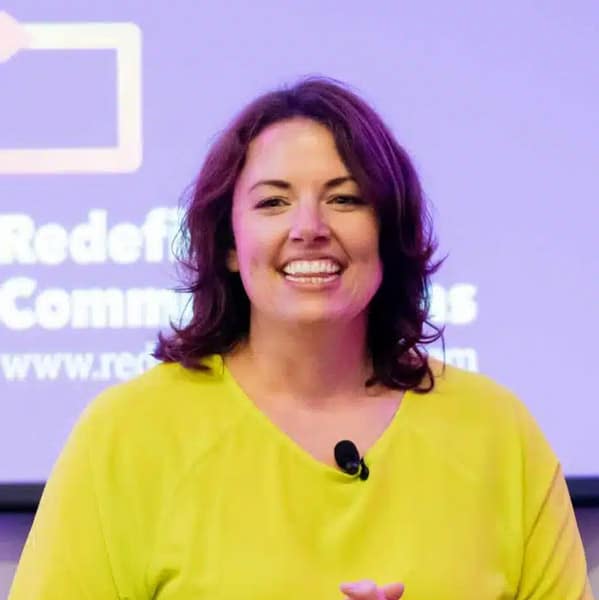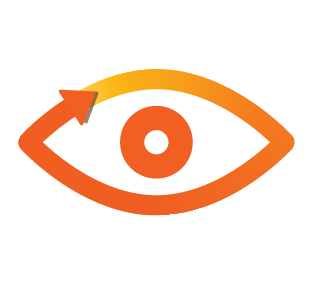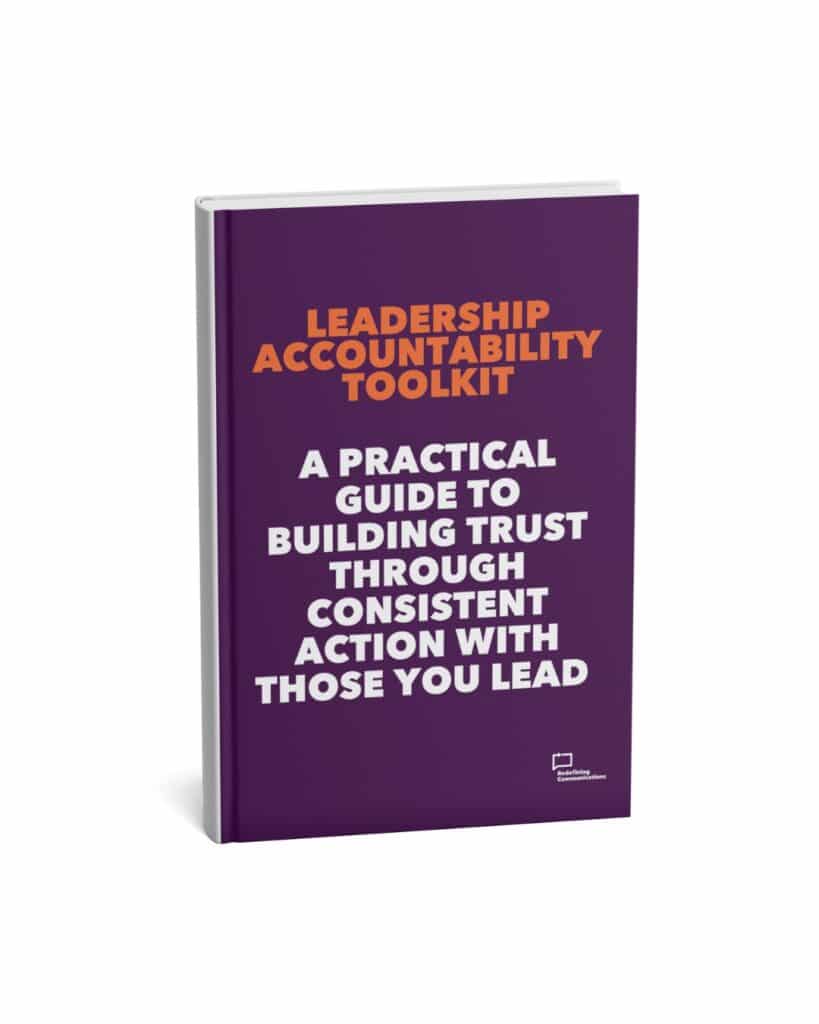“We have to allow ourselves to be prepared to be convinced by opposing arguments. We must revisit conclusions as we receive new and relevant information, actively look for reasons why we might be wrong, and focus on understanding rather than winning”.
We must focus on understanding, rather than winning.
I think this is the biggest takeaway I took from reading Poles Apart: Why people turn against each other, and how to bring them together by Alison Goldsworthy, Laura Osborne and Alexandra Chesterfield. I’m fascinated by the polarisation in society today and over the last two years, I have spent time helping organisations reduce team friction and find ways to work better together, through improving communication.
But why are people so easily divided? And what can we learn about human behaviour to help us ensure that teams work well together inside organisations?
In my book, Influential Internal Communication I talk about team friction – the symptoms it throws up and how to fix it. Team friction causes all types of issues – from losing business to reducing efficiency. When teams aren’t getting along and it’s impacting productivity, or when things are missed between employees who work different shifts, we have to look at what is causing that. Sometimes the issues link to people believing they are more important than others and I often talk about the role of ego in leaders and teams too.
So, when I read Poles Apart and came across the section that shared the importance of understanding over winning, I saw the opportunity to bring this knowledge to the clients I coach and to the business owners I work with.
So much of the work we do is around bringing people together. It’s about improving relationships and it’s about improving culture. If we lack the understanding around how we are driven apart, how we make decisions and how we respond to facts, we cannot help leaders and teams rebuild.
Opinions come first
In the book the authors share some research about the impact of facts on our opinions:
“The provision of accurate facts and figures did have an impact on people’s knowledge. But that new knowledge had no knock on effect on attitudes, even among those who discovered that their previous assumptions were wildly out of kilter with reality…. Facts don’t form opinions….opinions come first and facts are interpreted to support them.”
If this is the case, it proves why it’s so hard to change behaviour and why we get so frustrated when logic and facts don’t do the job – it seems so simple from one side of the perspective.
We can find facts to support any opinion. Just this week I was looking deeper into the impact of the open-plan office on productivity. I found research and insights to support the damage it does to productivity, as well as the way it makes things far better. With so much information now at our fingertips, we can back up our opinions in seconds. And that’s often what we are doing. We seek out something to back up our opinion. It’s unusual for us to look up something to say the opposite, because if we find it, it means we haven’t won.
And we are back to the core issue of our focus on winning.
Groupthink is more important than we give it credit
Groupthink happens when the desire for consensus overrides a common-sense need to look at alternatives, question a position, or say things that won’t necessarily be popular within the group.
“Humans are individuals before they are part of a group. But who each of us becomes is, at least partly, about the groups we belong to. We each feel that our beliefs are entirely our own, chosen at will, consciously considered. We don’t see, or don’t acknowledge, that they are formed from a mix of innate predispositions (our biology) and the unwritten rules and norms we learn from our social world: the groups we identify with, be they family, friends, peers, gender, race, sexuality, religion or nation.”
Groups are everything. Our identity is tied to them and there are many. We might not always be aware of the group and the impact it has on us, but it is there. Sometimes the groups we choose to be part of, and our desire to be accepted and conform to the group, is so strong that it outweighs our ability to change our mind – or at least take action based on the new information.
“Changing your mind, more often than not, requires you to grapple with your own identity. Admitting that you were wrong feels personal, requiring you to trade off your yearning for accuracy and truth against the unwillingness to lose face or the respect of the people who matter to you: your ingroups.”
Changing the minds of those around us
Poles Apart lists lots of themes to explore when looking to change a person’s mind – here are a few in addition to the ones explored above:
- Seek to establish a shared identity
- Present a route to change that makes something less costly
- Identify a common goal rather than a ”winning” position
- Listen to a trusted “messenger”.
When I talk about team friction and how to fix it, the diagnostic themes I encourage you to explore include:
- Team purpose – are leaders and their teams aligned to the overall organisational purpose? Communities – including teams within the workplace – need one core belief and purpose that binds them together
- Why the team needs to work together – we need to look at why a collaborative culture is needed – which parts need to collaborate and why? Sometimes departments are made up of functions that naturally sit together to report to one senior person – this doesn’t make them a team.
- Vulnerability and fear – team friction can’t be addressed without stepping into vulnerability and being brave and this requires self-reflection from everyone involved. We’re all human and showing this in the workplace leads to trust and more genuine relationships
- Relationships with the leader of the team – all good relationships are based on good communication. If leaders aren’t equipped with the skills to communicate effectively and empathetically, relationships will suffer.
So much can be solved with a conversation; talking to team members to find out what’s happening for them can break down so many barriers. Understanding motivations is key to connecting people and enabling them to work together more effectively. If we can start to shift our desired outcome from winning to understanding, and frame our conversations around that, we might start to shift some of the polarisation that exists today.
If you’d like to find out more about fixing team friction, I talk about it further in Influential Internal Communication. And if you have any questions on this topic, please email me at info@redefiningcomms.com








